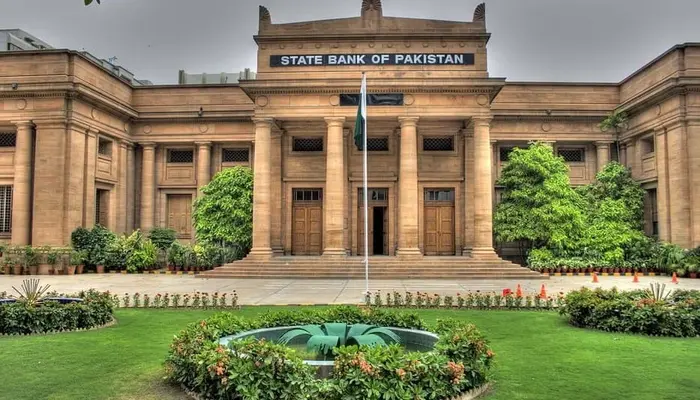The State Bank of Pakistan (SBP) has released its annual Financial Stability Review (FSR) for 2024, highlighting a notable recovery in the country’s economic and financial landscape. The report, mandated under Section 39(3) of the SBP Act, 1956, evaluates the performance, risks, and resilience across key financial segments including banks, microfinance banks (MFBs), development finance institutions (DFIs), non-bank financial institutions (NBFIs), insurance, and financial market infrastructures (FMIs).
Economic Recovery Drives Financial Stability
The year 2024 saw macroeconomic indicators improve significantly. Inflation eased, the rupee remained stable against the dollar, and economic activity picked up. Fiscal consolidation and a better external account balance supported these gains. In this environment, the financial sector expanded by 17.8%, maintaining operational stability and financial strength.
Banking Sector Posts Robust Growth
The banking sector stood out with a 15.8% growth in its balance sheet, driven by increased investments and private sector lending. The revival of business activity, coupled with monetary easing and tax incentives tied to the advances-to-deposit ratio (ADR), boosted lending. Though deposit mobilization slowed, banks leaned on borrowings to meet demand.
Credit risk remained manageable, with the non-performing loans (NPLs) ratio dropping to 6.3% by December 2024, compared to 7.6% the previous year. Adoption of IFRS-9 improved provisioning coverage, further reducing net credit risk. Profitability held steady, and the capital adequacy ratio improved to 20.6%, well above the regulatory minimum.
Islamic and Microfinance Banks: Mixed Fortunes
Islamic banking institutions showed remarkable growth, expanding their asset base and branch networks, in line with SBP’s commitment to promoting Shariah-compliant finance. These banks also retained their resilience, thanks to better risk management.
However, microfinance banks (MFBs) remained under pressure, reflecting challenges in servicing low-income segments amid macroeconomic stress.
Read: Pakistan Slams India’s Move to Suspend Indus Waters Treaty, Closes Wagah Border and Cuts Ties
Non-Bank Financial Sector Shows Mixed Trends
The performance of the non-bank financial sector varied. While DFIs saw a decline in their balance sheets, NBFIs posted substantial growth. The insurance sector also continued its upward trajectory, contributing to the sector’s overall stability.
On the demand side, financial strain and muted economic activity weighed on non-financial large corporates, although their liquidity and repayment capacity remained stable.
Digital Infrastructure and Payment Reforms Advance
FMIs maintained resilience, continuing to support transaction efficiency. Digital transactions surged, particularly through SBP’s Raast platform. The launch of the Person-to-Merchant module in late 2023 boosted usage, while a new MoU with the Arab Monetary Fund aims to integrate Raast with Buna, enhancing cross-border remittance flows from the Gulf region.
Outlook and Regulatory Vigilance
Despite global protectionist trends and uncertainty, stress testing shows the banking sector is well-positioned to withstand severe but plausible shocks over the next three years. The SBP remains committed to enhancing financial stability, closely monitoring emerging risks and strengthening its regulatory and supervisory framework.
Follow us on Google News, Instagram, YouTube, Facebook, Whats App, and TikTok for latest updates
